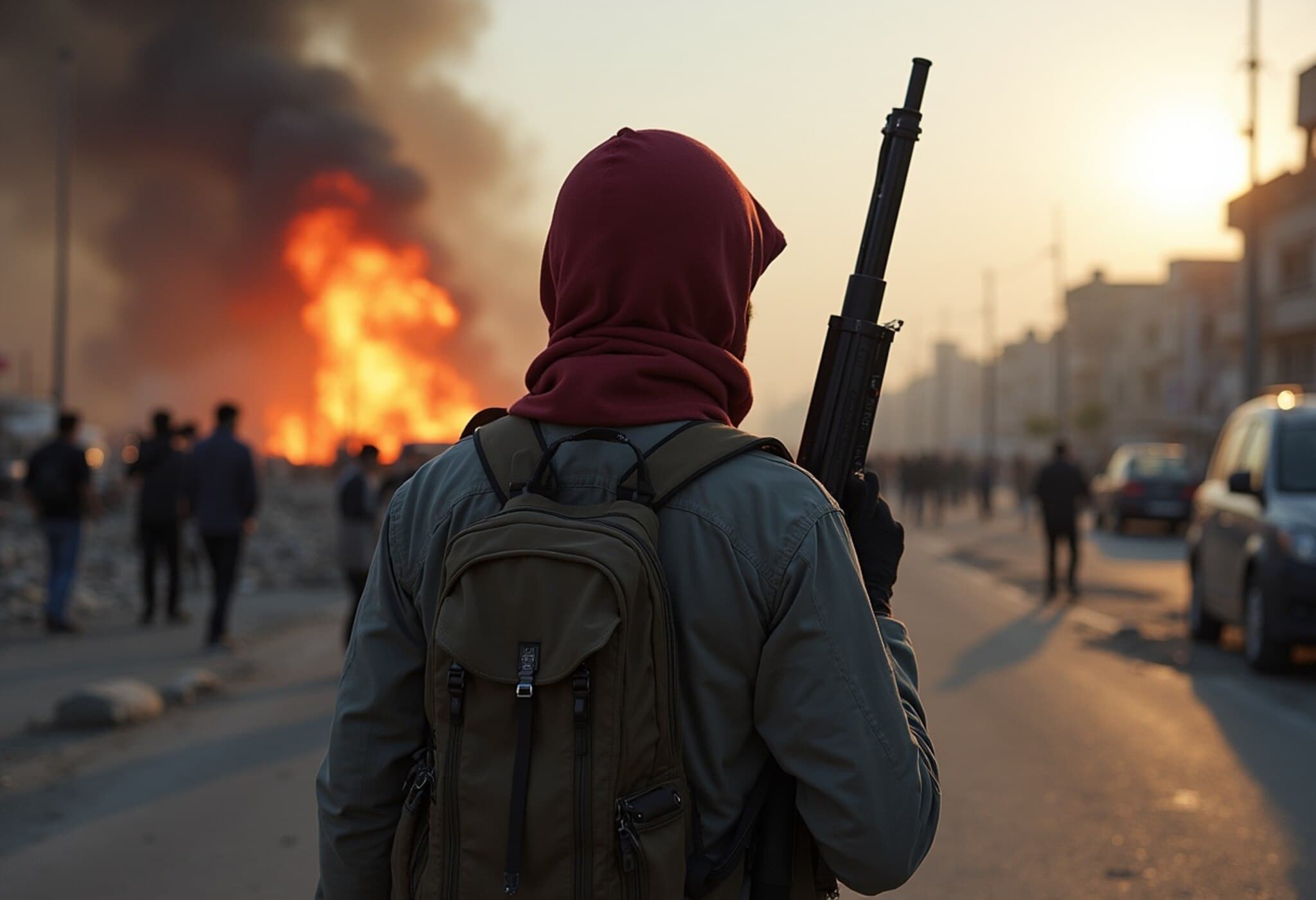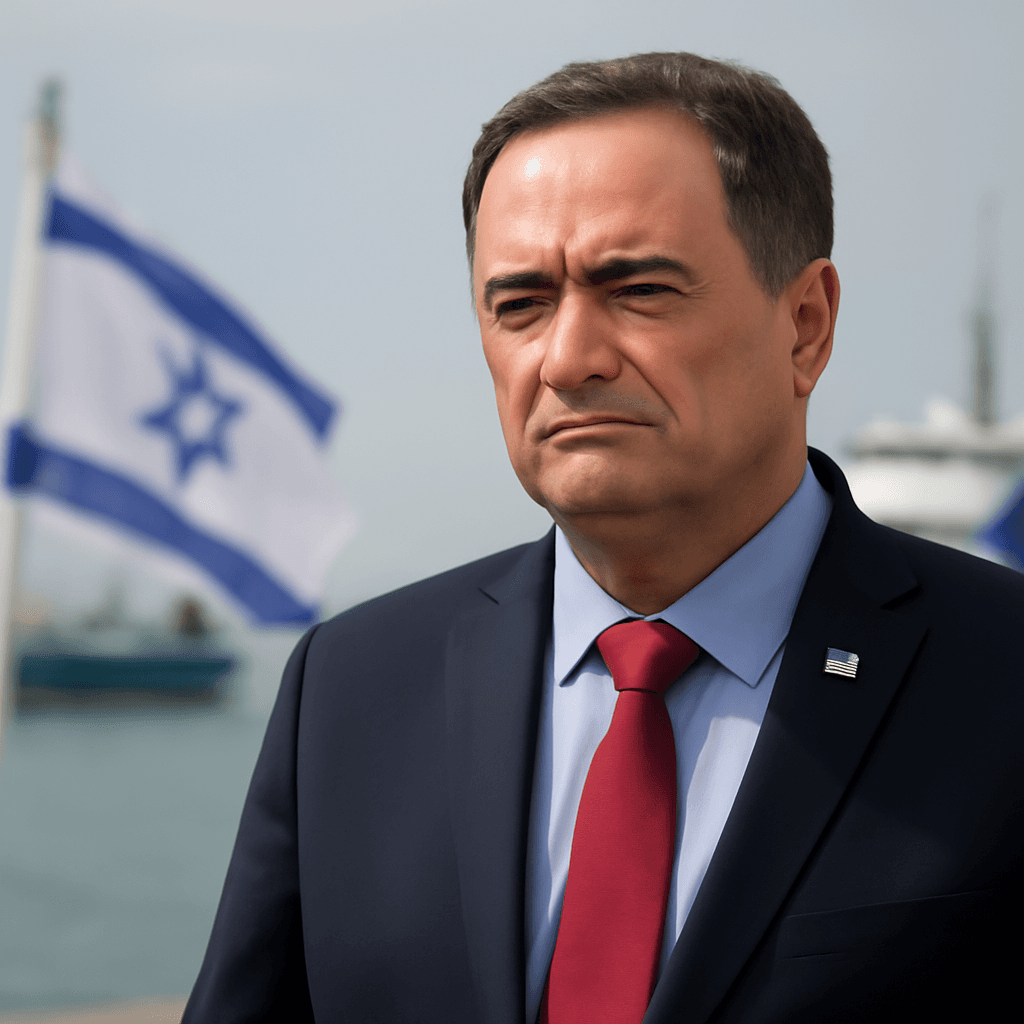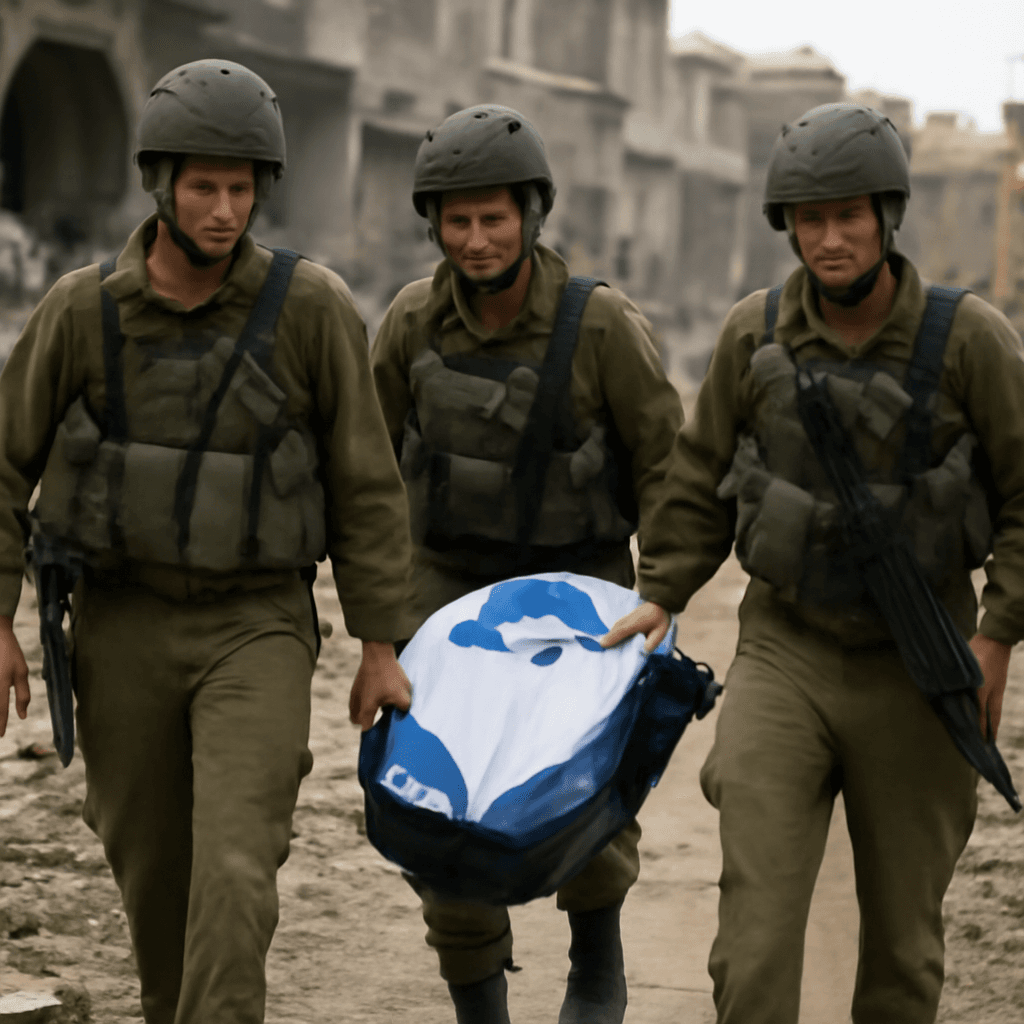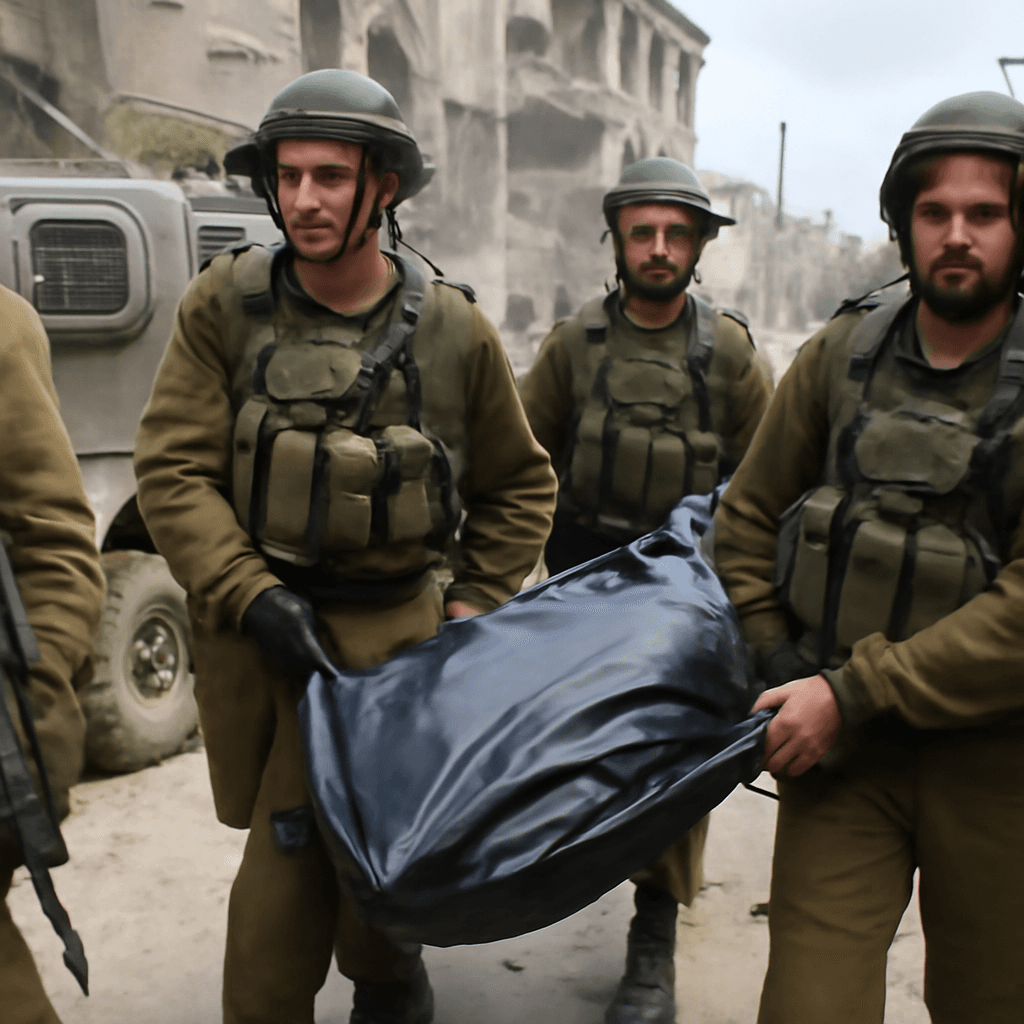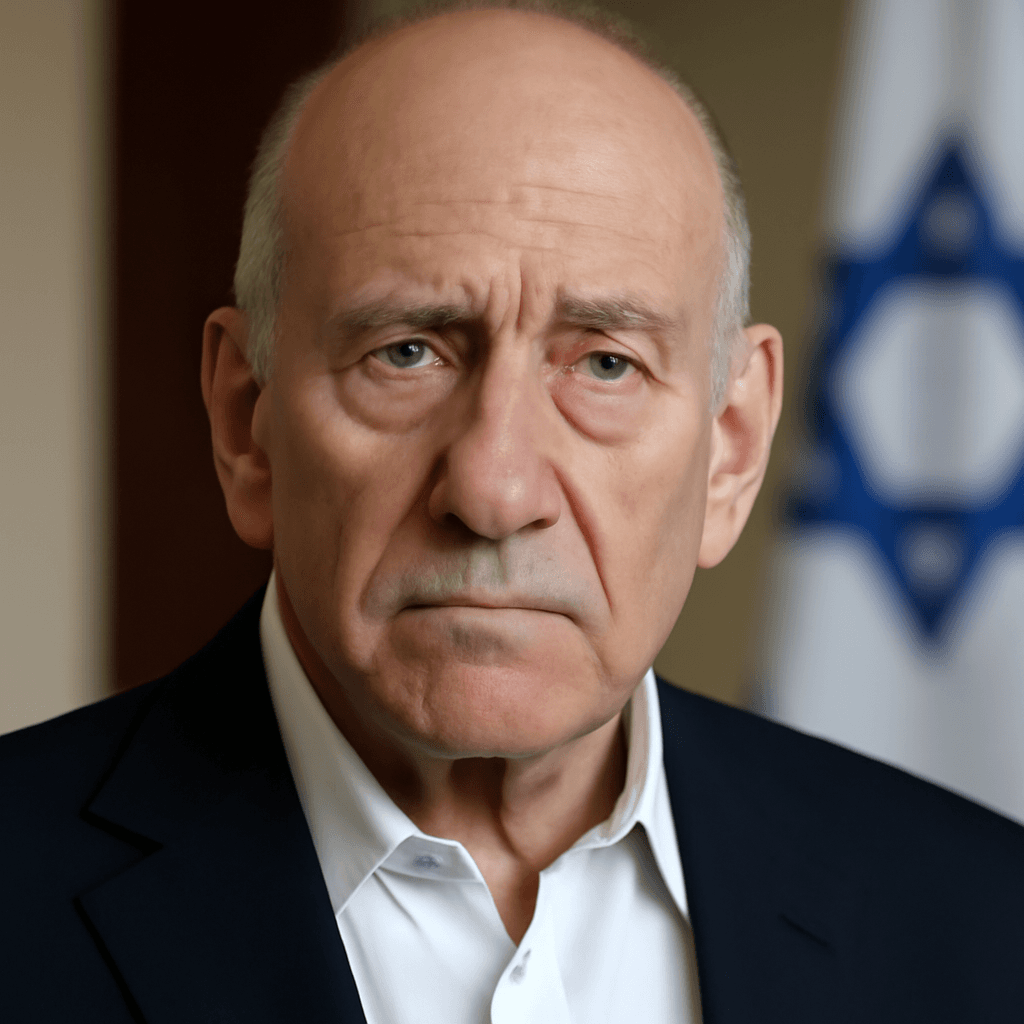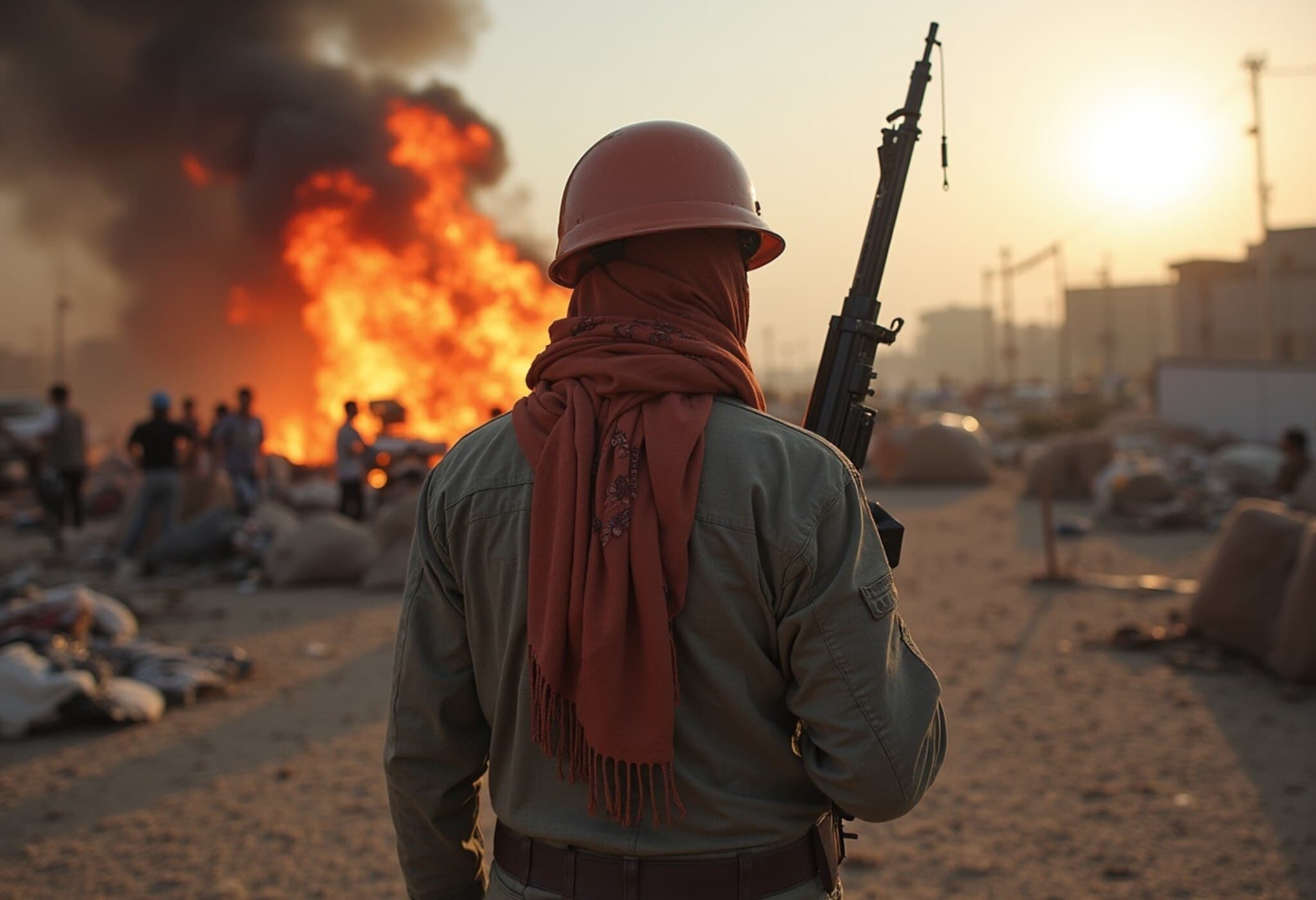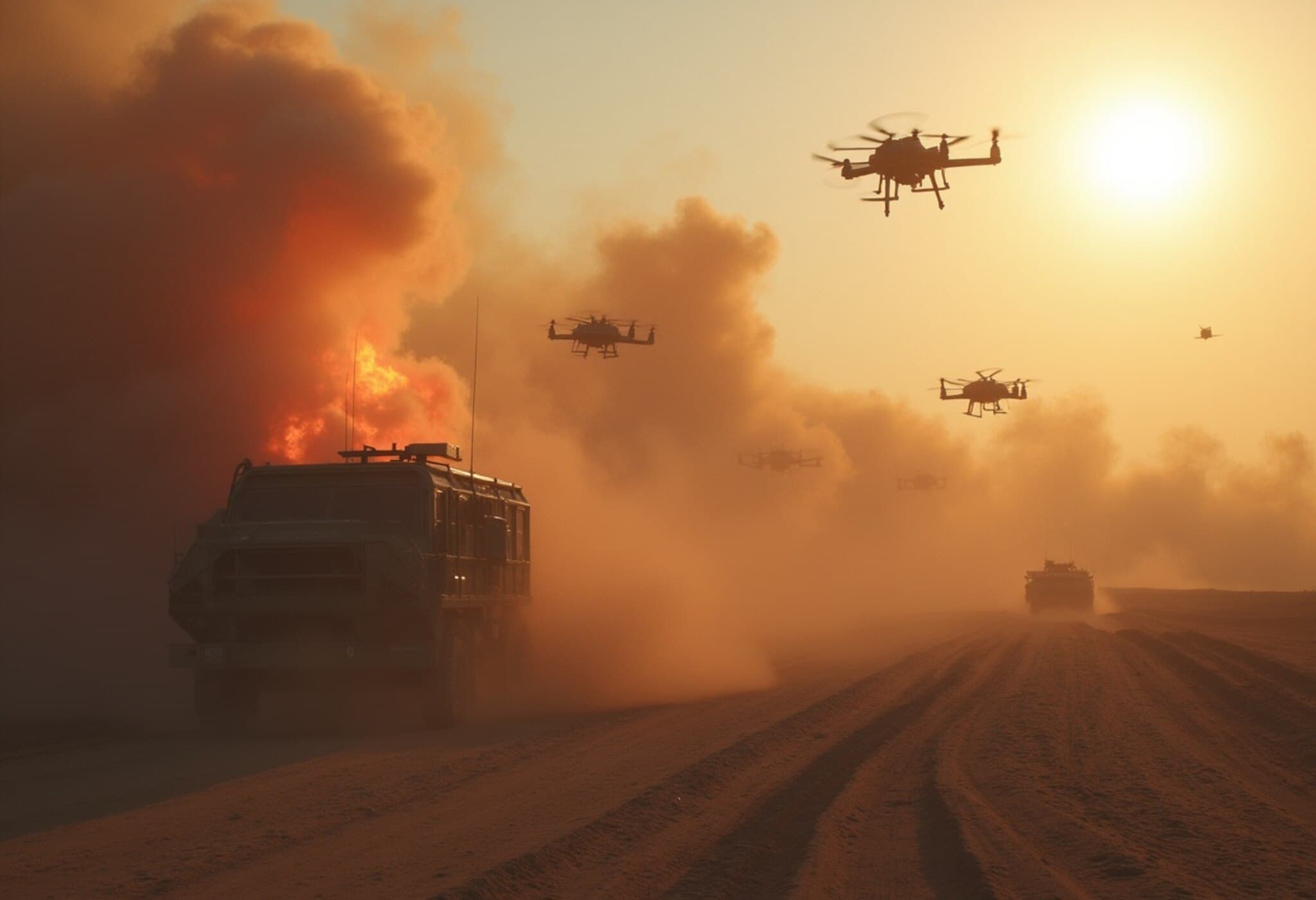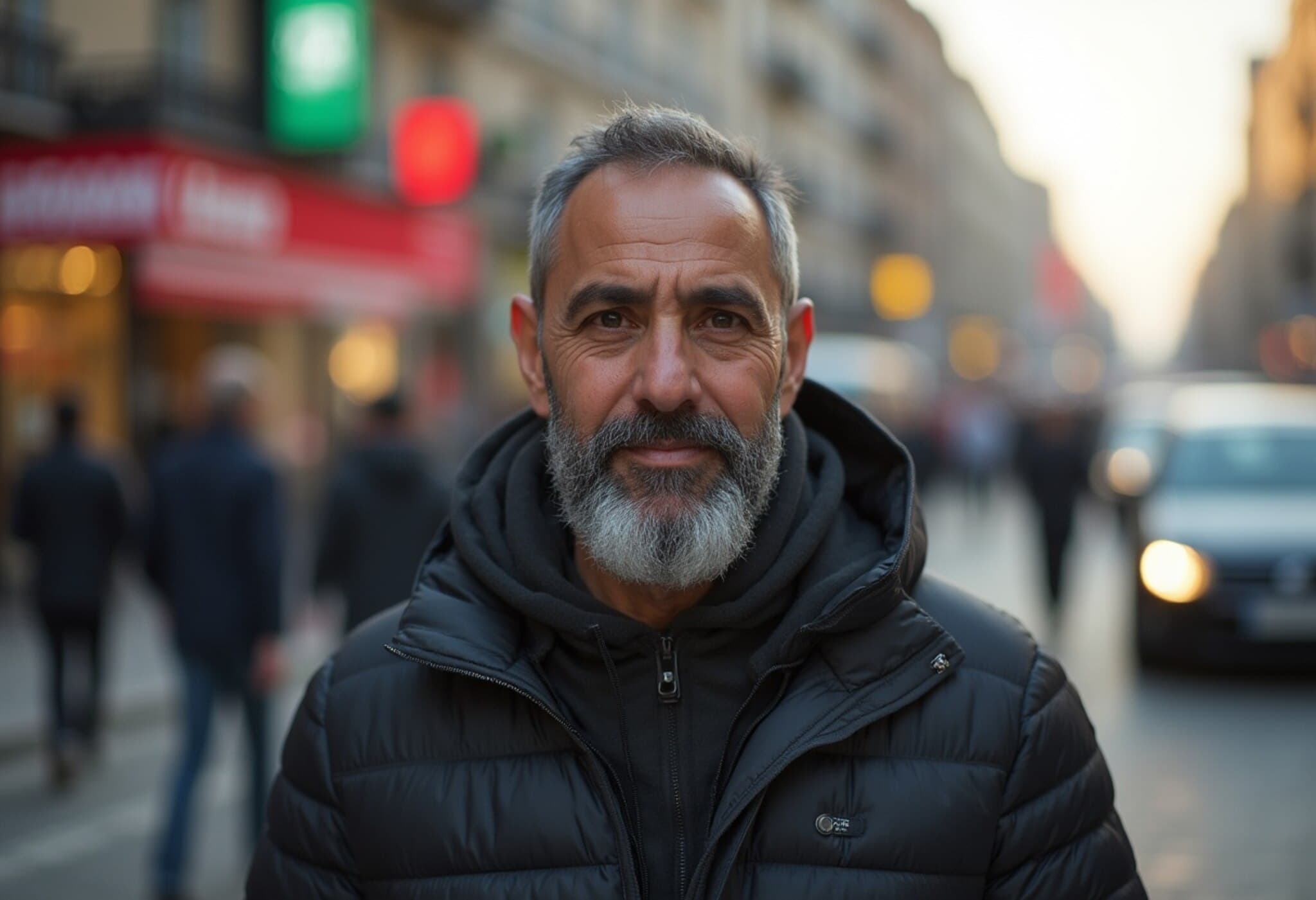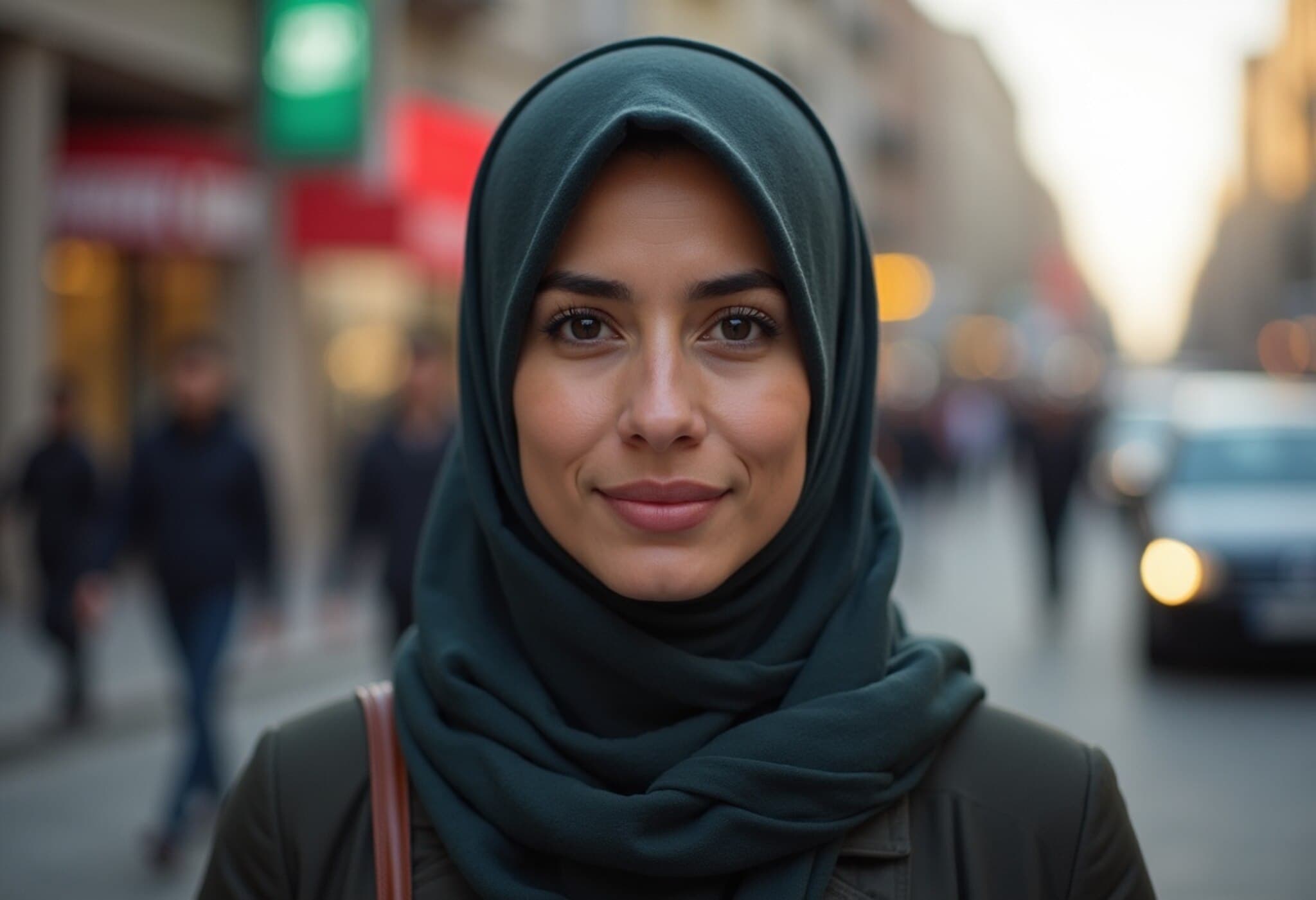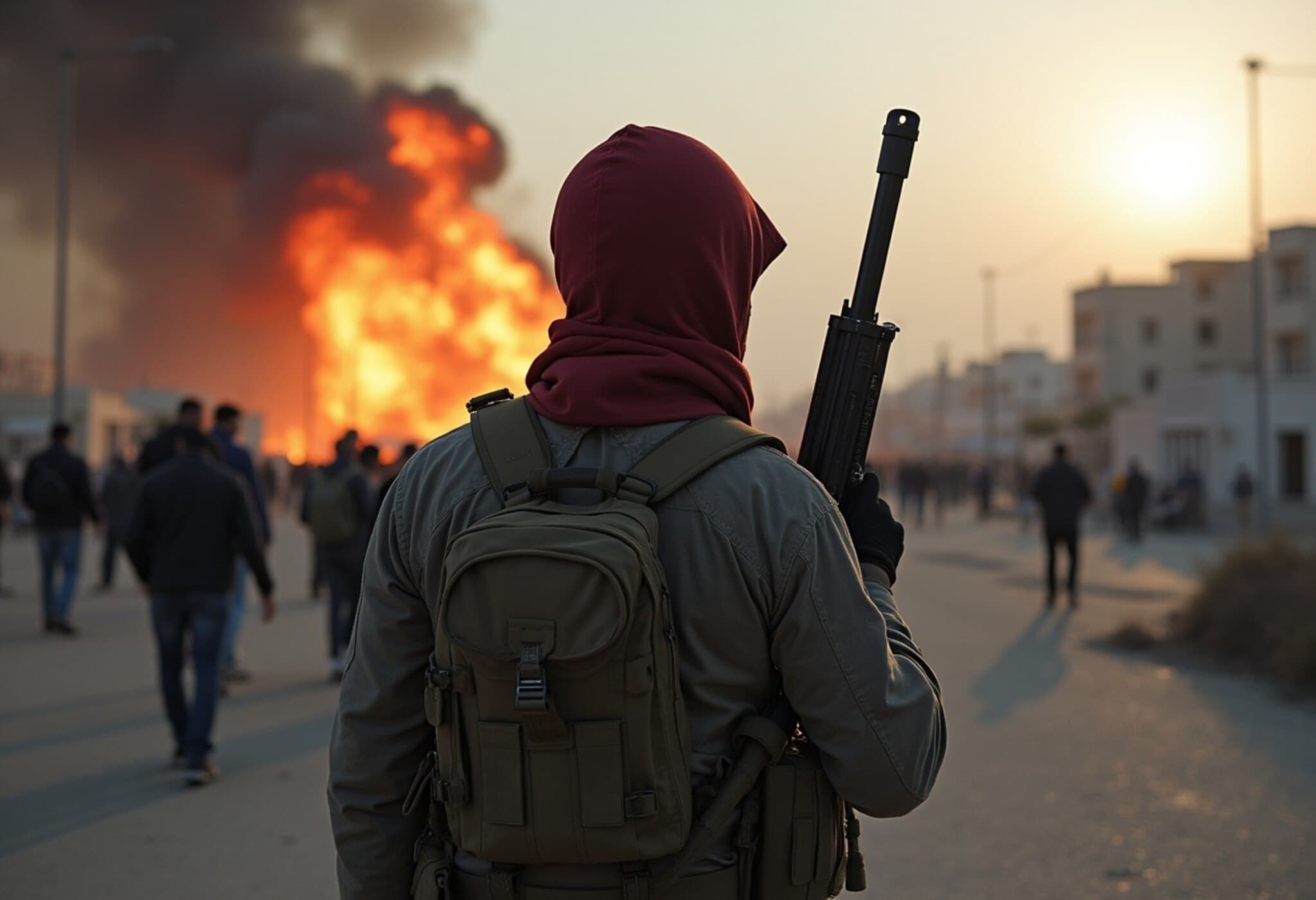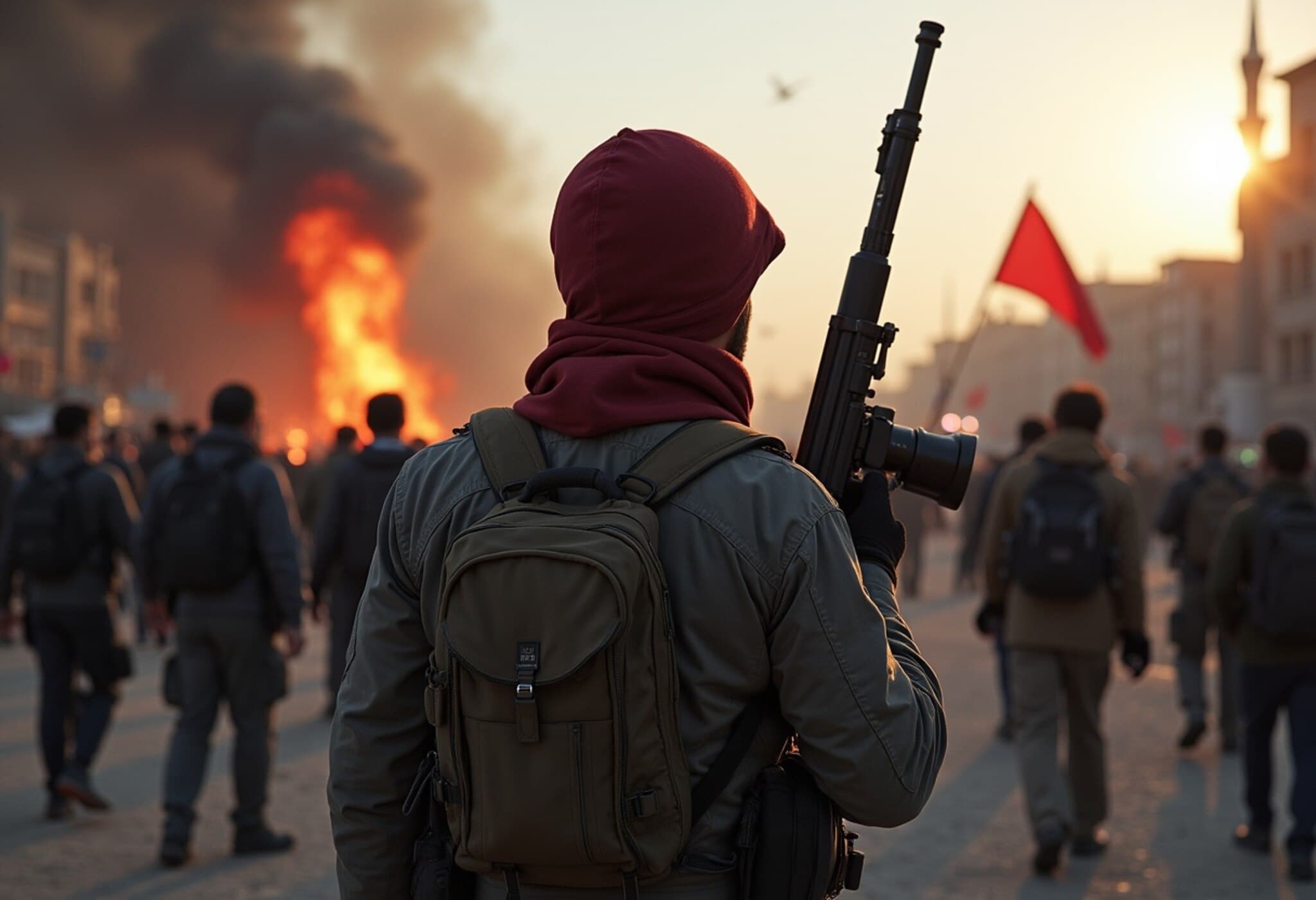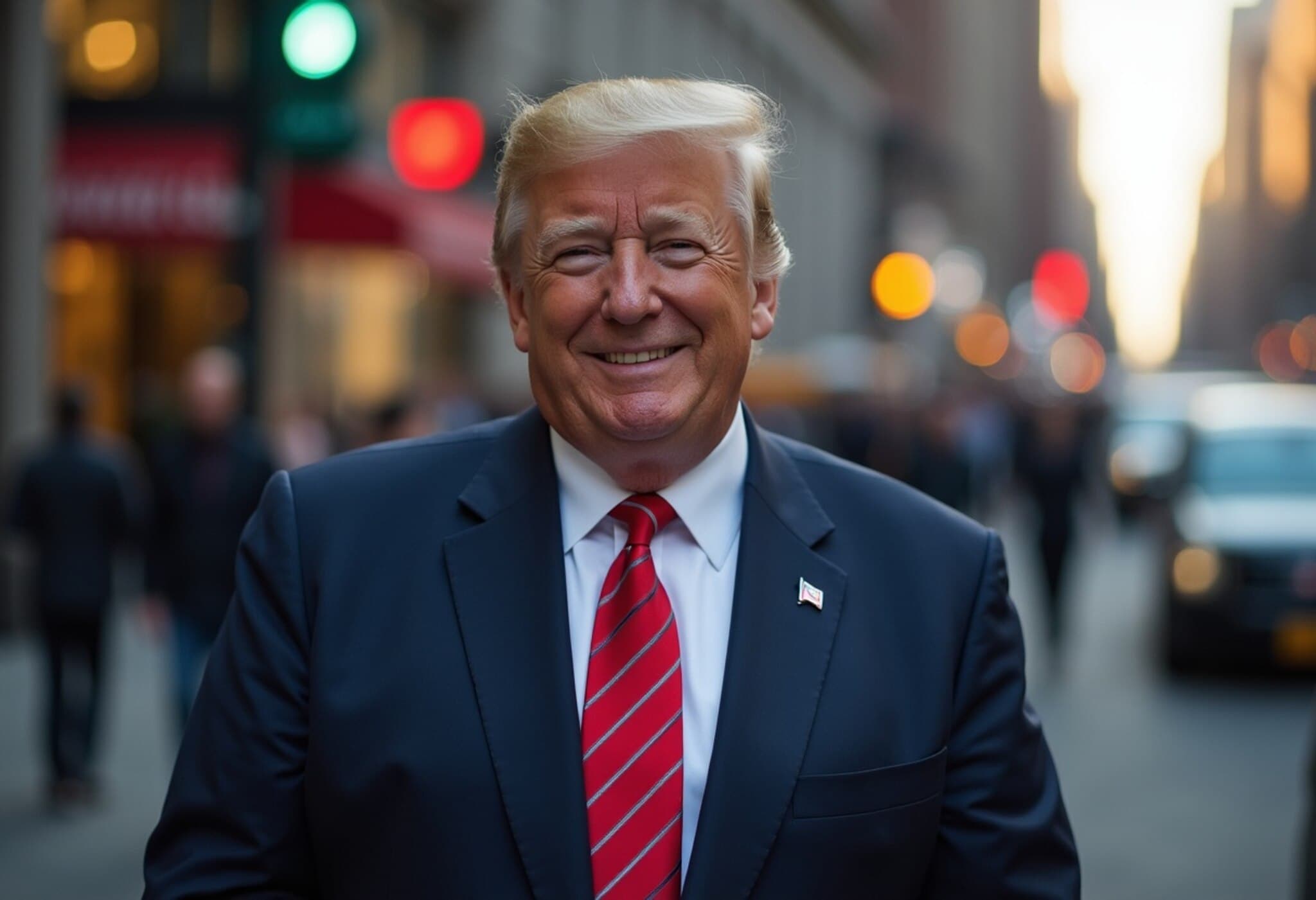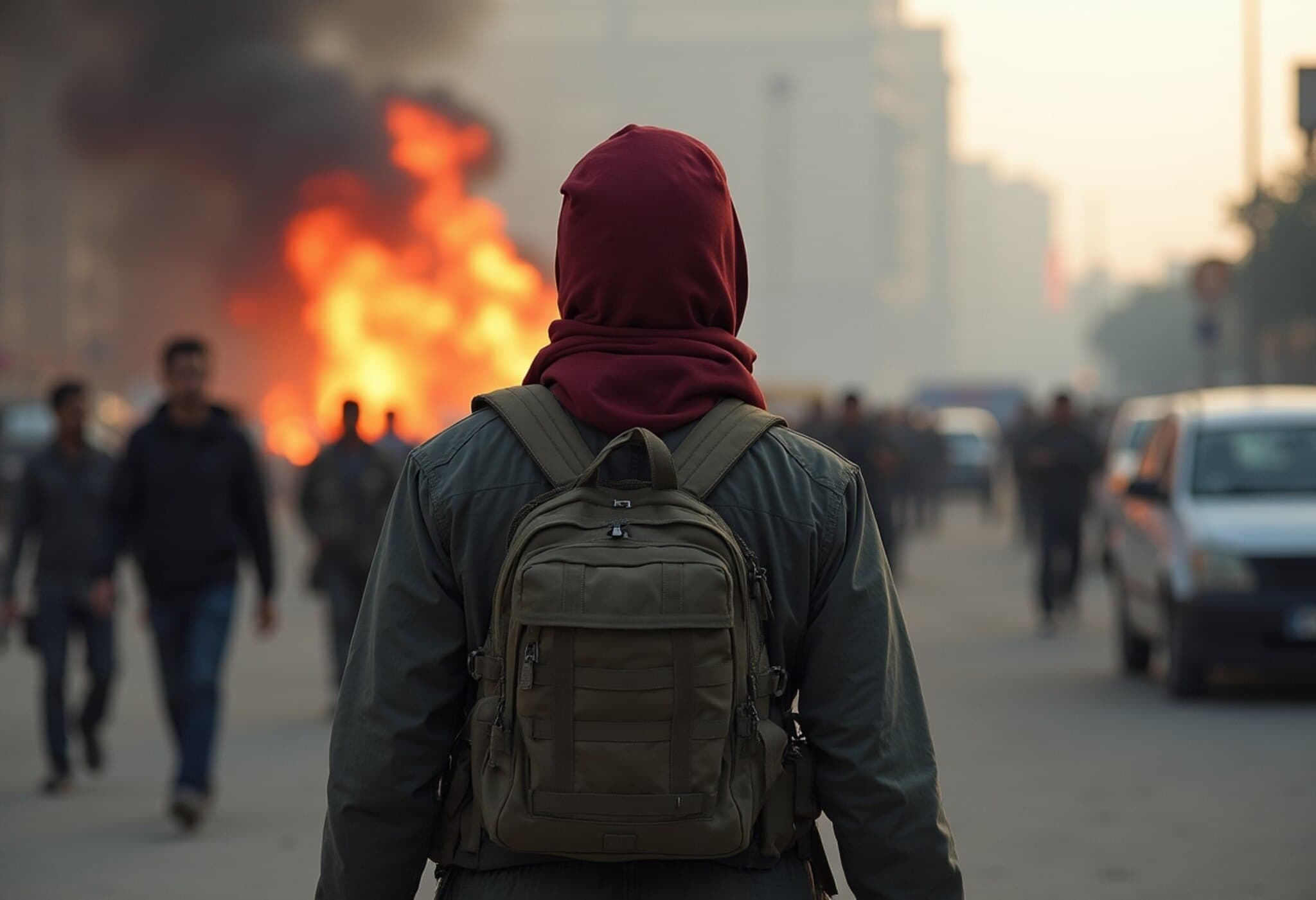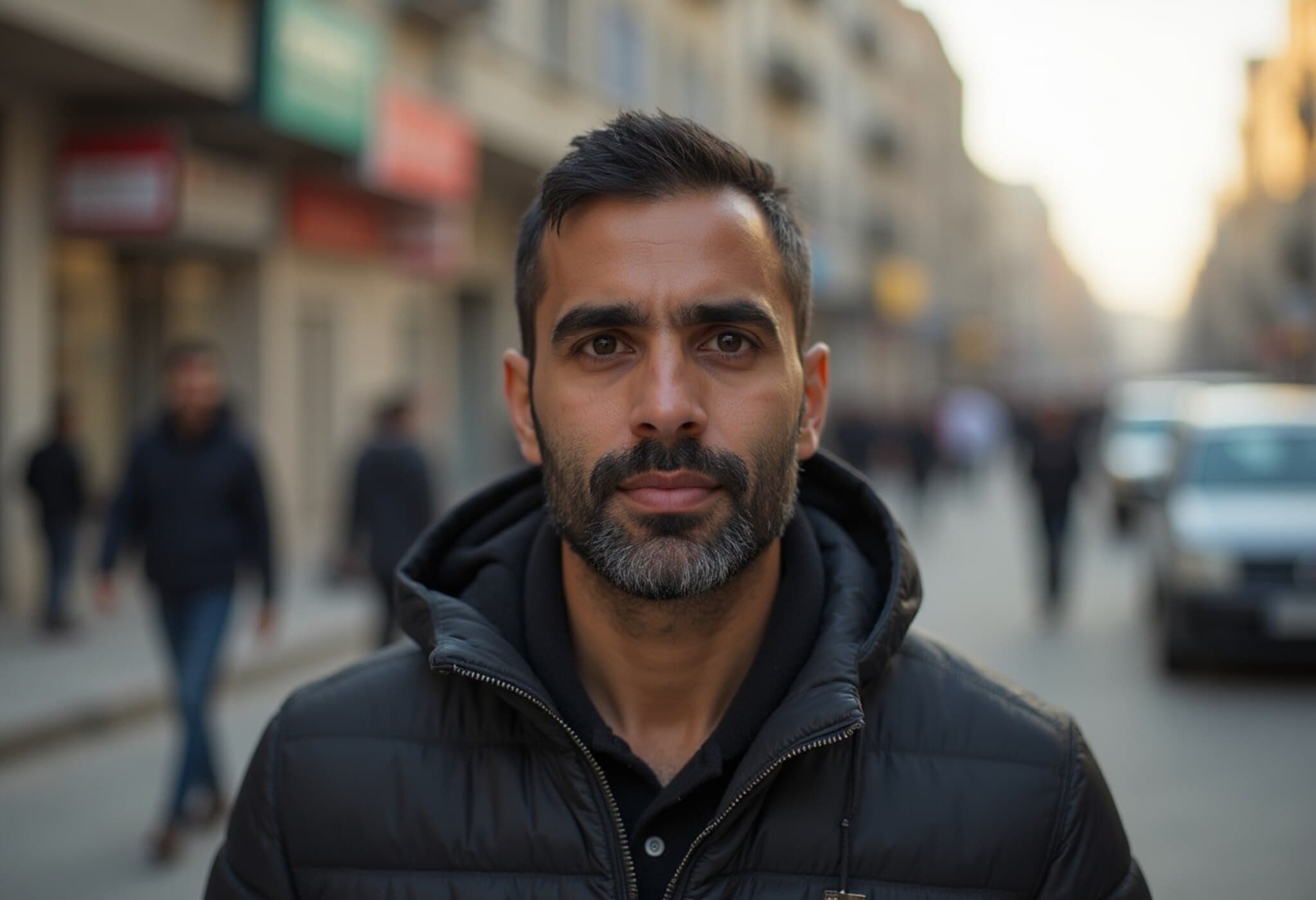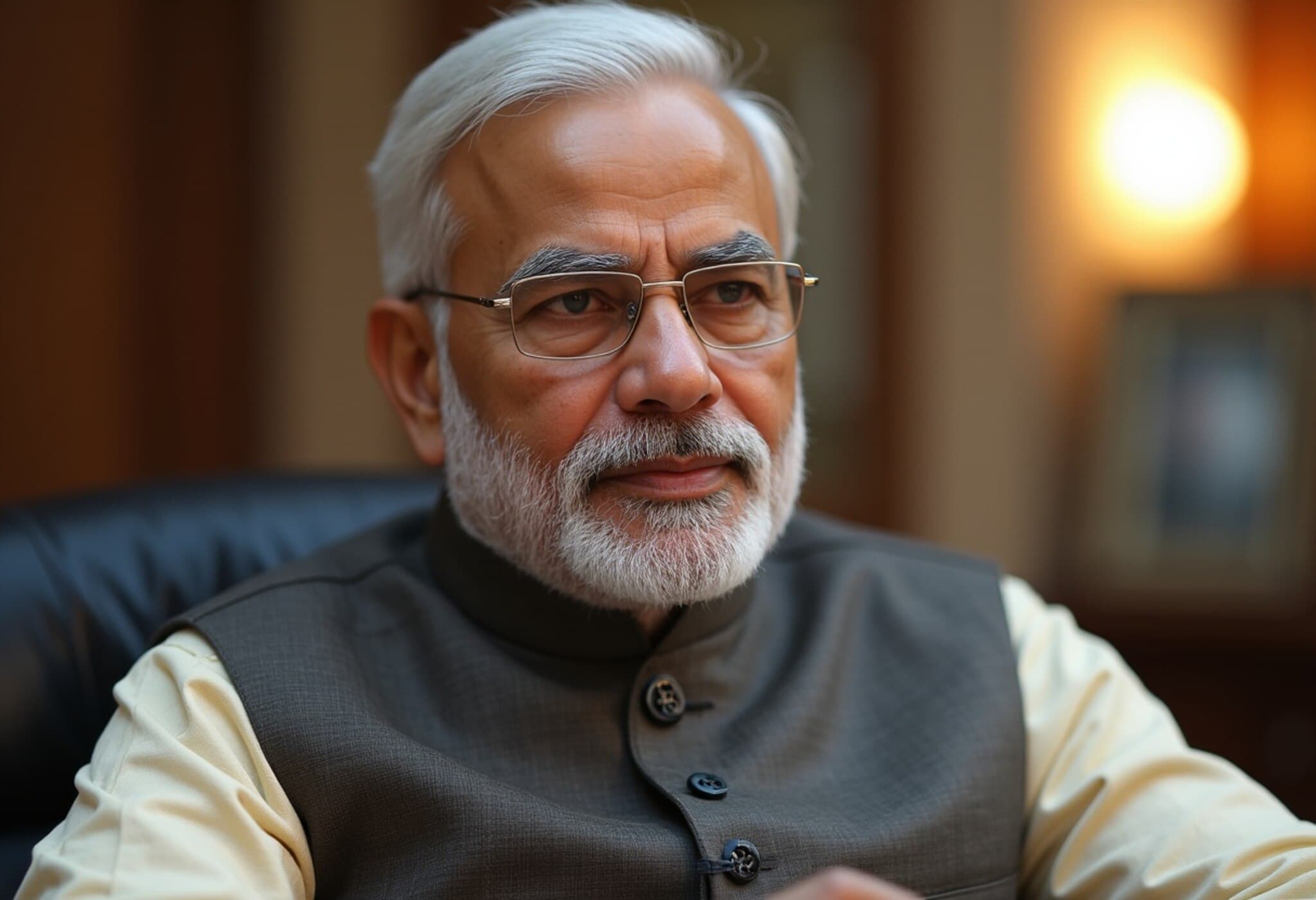Israeli Airstrike Claims Lives of Five Al Jazeera Journalists in Gaza
On a tragic Sunday in Gaza City, an Israeli military strike targeted a location housing journalists, leading to the death of five Al Jazeera employees, including the well-known correspondent Anas al-Sharif. The incident has intensified already fraught tensions between Israel and Al Jazeera, raising profound concerns about the safety of journalists amid the ongoing conflict.
Conflicting Narratives: Terrorist or Journalist?
Following the strike, the Israeli Defense Forces (IDF) issued a statement accusing Anas al-Sharif of being more than just a reporter. According to the IDF, al-Sharif was "a terrorist" affiliated with Hamas, allegedly leading a cell responsible for rocket attacks targeting Israeli civilians and soldiers. The military claimed he "posed as a journalist," thereby justifying the targeted strike. This assertion came through a Telegram post describing al-Sharif’s purported dual role.
In stark contrast, Al Jazeera vehemently denied these allegations. The network insisted that al-Sharif and his colleagues were conducting legitimate journalistic work near al-Shifa Hospital when the tent where they gathered was struck. Al Jazeera identified the fallen team members as cameramen Ibrahim Zaher, Moamen Aliwa, Mohammed Noufal (also the driver), and reporter Mohammed Qreiqeh.
Voices From Palestine: Outcry and Condemnation
The Palestinian Journalists’ Syndicate condemned the airstrike as a "bloody crime" and labeled it an assassination of media professionals. Human rights and press freedom advocates have highlighted this tragedy as part of a disturbing pattern; since the conflict began over 22 months ago, an estimated 200 journalists have lost their lives covering the war in Gaza. These figures underline the growing peril journalists face, caught in the crossfire of one of the world’s most volatile regions.
Historical Context: Israel, Al Jazeera, and Gaza
Israel’s relationship with Al Jazeera has been tense for years. The country banned the network’s operations within its borders and even conducted raids on its offices during the current hostilities. The ideological clash is further complicated by Qatar’s role: as the financial backer of Al Jazeera and host to Hamas’s political leadership, Qatar remains a key venue for indirect talks between Hamas and Israel.
This latest incident unravels another layer in a deeply complex geopolitical web where media, conflict, and politics intersect. The targeting of a tent reportedly used by journalists raises urgent questions about the protection of press freedom and the rules of engagement in conflict zones. It also spotlights the troubling use of information and counter-information as weapons of war.
Expert Commentary: Navigating the Fog of War
According to experts on media law and conflict reporting, the dilemma is multifaceted. On one hand, armed groups sometimes exploit journalistic cover, blurring lines between combatants and noncombatants. On the other hand, international humanitarian law strictly protects journalists as civilians, and targeting them erodes fundamental human rights.
In the U.S., this case resonates with ongoing debates about press freedom, national security, and the government's responsibility to differentiate between genuine threats and protected civilian actors. The balance between counterterrorism measures and safeguarding journalistic integrity remains delicate, with global implications for how democratic societies uphold their values under duress.
What’s Next? Questions for the International Community
- How should international bodies enforce protections for journalists operating in war zones?
- Can mechanisms be strengthened to verify and investigate claims about dual affiliations like those made against Anas al-Sharif?
- What impact might these events have on public perception and media coverage of the Gaza conflict?
Editor's Note:
The killing of Anas al-Sharif and four colleagues in Gaza underscores the perilous frontline that journalists face today. This episode not only challenges press freedom but also casts a shadow over the ethics of warfare and propaganda. As media consumers, policymakers, and global citizens, we must ask: In conflicts where truth becomes a battleground, how do we discern fact from faction— and protect those who risk everything to report it?

